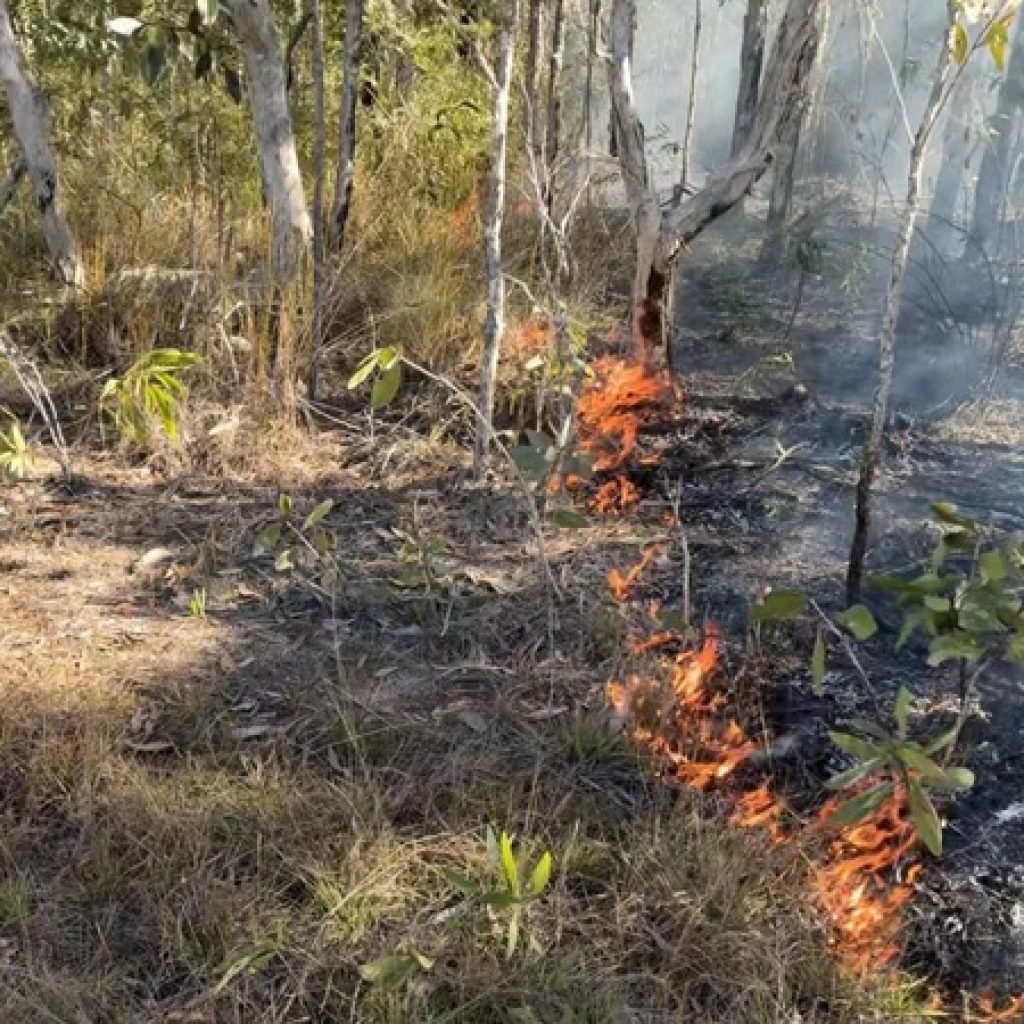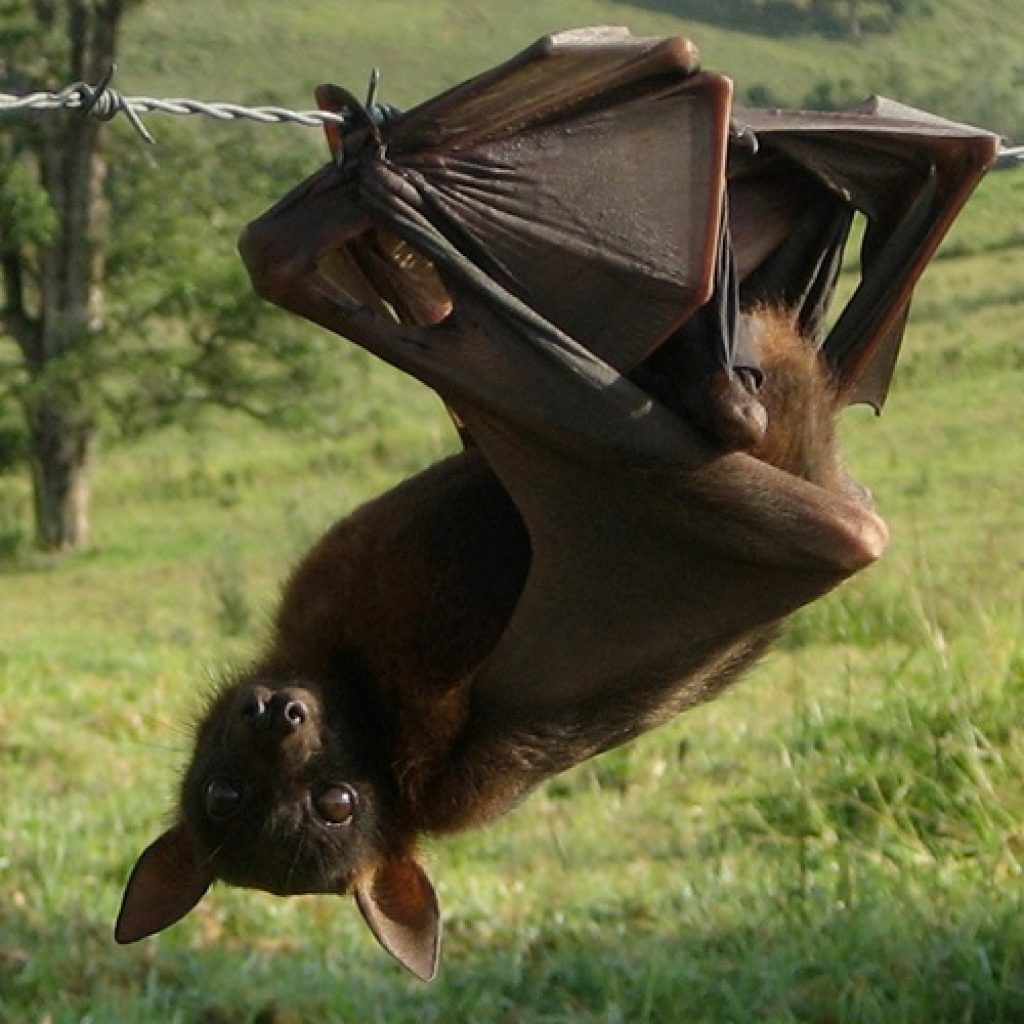BIOSECURITY RISKS OF THE WET TROPICS
AMAZON FROGBIT
20 OCTOBER 2025
Amazon Frogbit (Limnobium laevigatum) is a fast-spreading aquatic plant that poses a serious biosecurity risk to waterways across the Wet Tropics. Originally introduced for ornamental use in aquariums and ponds, it has become highly invasive, forming dense mats that smother native aquatic vegetation, reduce oxygen levels, and disrupt freshwater ecosystems.
WHAT IS IT?
Amazon Frogbit (Limnobium laevigatum) is a floating aquatic plant, native to Central and South America. It was introduced for use in aquariums and ponds but has become highly invasive in many regions, including parts of Queensland.
WHY IS IT A PROBLEM?
Amazon Frogbit forms dense mats on water surfaces, smothering native aquatic plants and reducing oxygen levels in the water. This disrupts ecosystems, harms aquatic life, and can block waterways, impacting recreational activities and water management infrastructure.
CHARACTERISTICS
Amazon Frogbit has bright green, rounded leaves that float on the water’s surface, forming rosettes. Its roots dangle below the surface, creating a dense network. The plant produces small white flowers and spreads rapidly through vegetative reproduction. It thrives in tropical and subtropical climates, and can impact ponds, dams, and slow-moving
waterways.
HOW TO SPOT IT ON YOUR PROPERTY
Look for floating clusters of round, bright-green leaves with spongy undersides. The roots are long and feathery, hanging below the water. It often forms thick mats that cover the water surface. Amazon frogbit currently occurs in the Barron River catchment between Yungaburra and Cairns. All detections in other locations should be reported to your local government immediately.
WHAT TO DO ABOUT IT
- Prevention: Avoid trading or introducing Amazon Frogbit to ponds or aquariums. Report all infestations outside the Barron River catchment to local biosecurity authorities. Dispose of aquarium contents responsibly. Contact your local council if you are unsure.
- Physical removal: Carefully remove plants and roots, ensuring no fragments are left behind. Dispose of them securely through deep burial to prevent spread.
- Chemical control: Use approved aquatic herbicides. Consult the Biosecurity Queensland Amazon frogbit pest fact for safe application.
RESOURCES:
Check out your Local Government’s Biosecurity Plan available through your Council’s website.
Refer to the Queensland Government Pest Fact for Amazon frogbit for detailed control information and herbicide rates.
RELATED NEWS
Bats in Your Backyard
 admin@terrain
admin@terrain
 November 3, 2025
November 3, 2025
Cool burns in broadleaf tea-tree woodlands
 admin@terrain
admin@terrain
 October 23, 2025
October 23, 2025
Wildlife-friendly fencing
 admin@terrain
admin@terrain
 October 23, 2025
October 23, 2025


















 Download factsheet
Download factsheet











